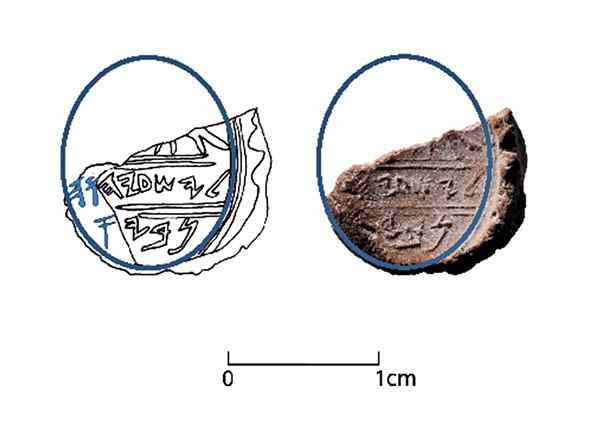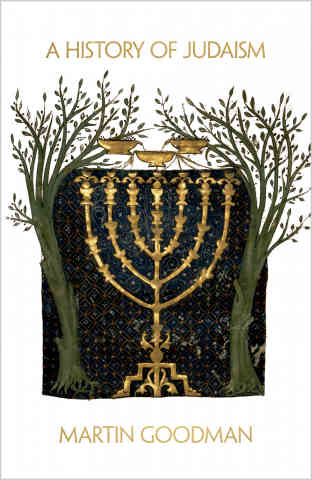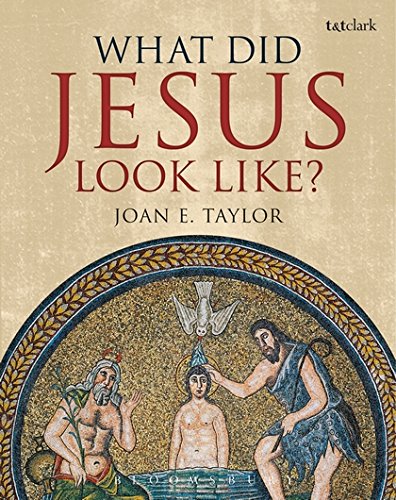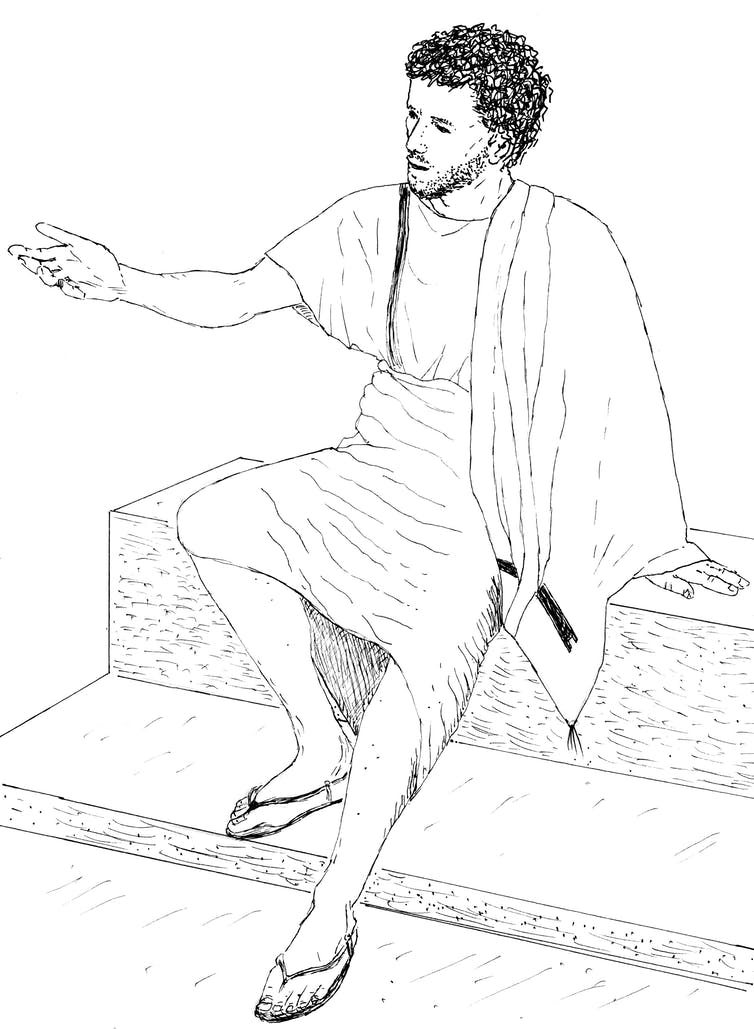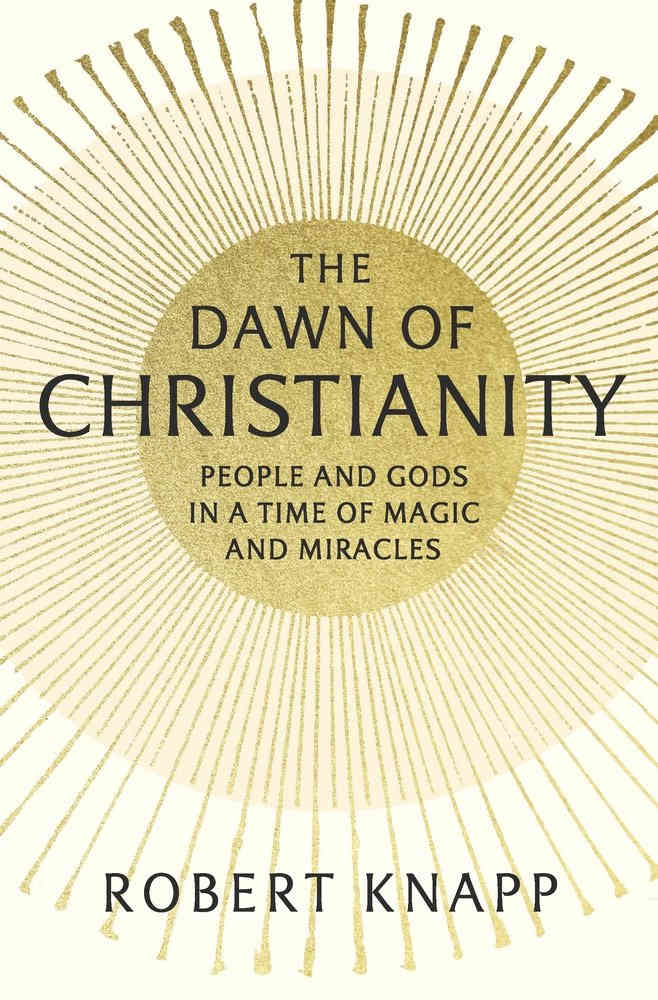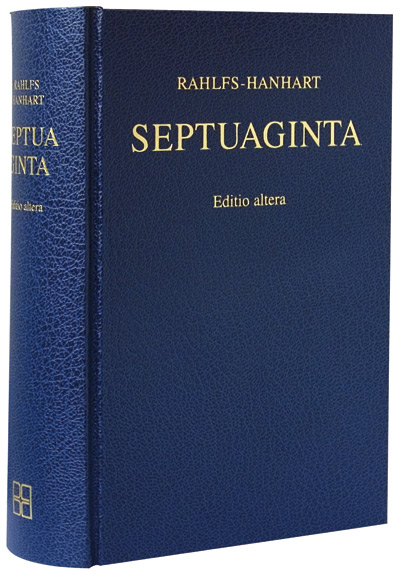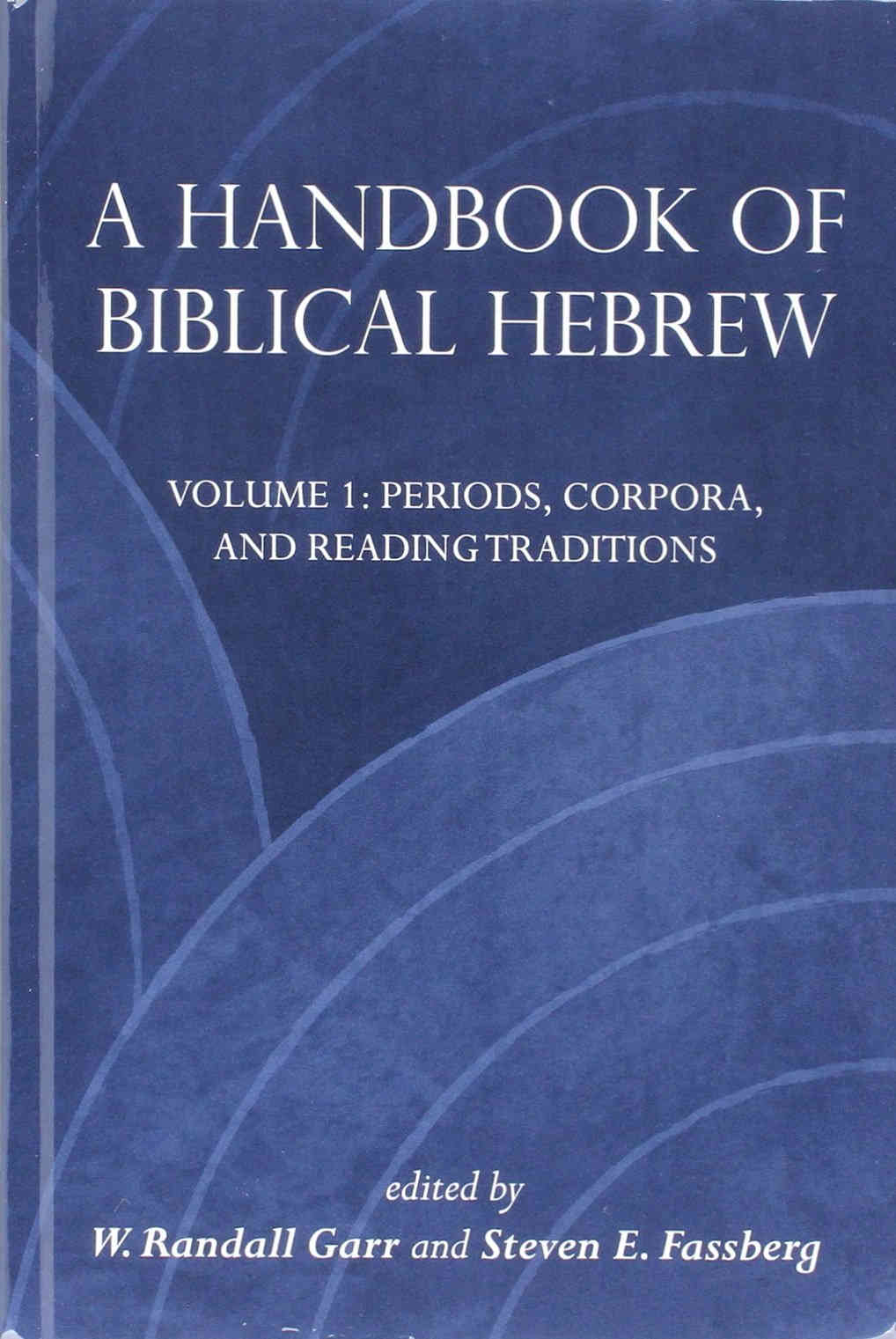O que dizem os dicionários? Consultando o Aurélio e o Houaiss
Selo
Vem do latim sigillum, i “marca pequena”
1. Peça, geralmente metálica, na qual se gravaram armas, divisa ou assinaturas, e que se usa para imprimir sobre certos papéis, com o fim de validá-los ou autenticá-los.
2. Carimbo, sinete, chancela
3. Marca estampada por carimbo, sinete, chancela ou máquina de franquear; estampilha
Sinete
Vem do francês signet “sinete, selo”
1. Utensílio gravado em alto ou baixo-relevo, utilizado para imprimir no papel, no lacre etc, assinatura, monograma, brasão etc, de uma instituição ou pessoa
2. A própria gravação de tal marca; chancela
3. Carimbo
4. Marca, sinal
5. Timbre
Bula
Vem do latim bulla, ae “bolha, sinete, selo”
Selo ou sinete que se prendia a um documento atestando-lhe a autenticidade
Algumas imagens
Imagens de selos e bulas do Antigo Oriente Médio
Imagens de selos cilíndricos do Antigo Oriente Médio
Selos no Antigo Oriente Médio
Diferentes tipos de selo eram usados no Antigo Oriente Médio. Feitos de materiais duráveis, como pedras semipreciosas, eram pequenos, medindo poucos centímetros. Entalhados com gravuras e/ou escrita eles produziam uma imagem reversa quando prensados sobre placas de argila ou outro material macio. O resultado era a bula, ou marca estampada pelo selo. Eram usados como uma assinatura, serviam para fechar, marcar, autenticar objetos ou documentos. Muitos selos eram presos ao corpo do proprietário por um cordão ou gravados em um anel.
Os selos cilíndricos com figuras eram típicos da Mesopotâmia. Imprimiam a figura quando rolados sobre um material macio. Os selos de estampa em forma de escaravelho são característicos do Egito. Israel usava selos de estampa com figuras ou escrita ou com figura e escrita.
A escrita, com frequência, traz o nome do proprietário do selo seguido pelo nome do pai (Pertencente a fulano, [filho de] sicrano). Mencionar o nome do pai ajudava a identificar o proprietário. Ou traz o ofício do proprietário, especialmente no caso de altos funcionários da corte (Pertencente a fulano, servo de sicrano).
Centenas de selos foram encontrados em Israel. São, em sua maioria, dos séculos VIII a VI a.C. Poucos são de época exílica e pós-exílica. Muitos dos nomes próprios são conhecidos através da Bíblia, mas há uma quantidade significativa de novos nomes. Isto faz dos selos a mais importante fonte extrabíblica para o conhecimento de nomes de pessoas da época monárquica em Israel.
A Bíblia menciona os selos vez ou outra, como em Ex 28,11 (Como faz quem trabalha a pedra para a incisão de um selo), Eclo 45,11 (Pedras preciosas gravadas em forma de selo), Jó 38,14 (Transforma-se como argila debaixo do sinete), Gn 38,18 (Ele perguntou: “Que penhor te darei?” E ela respondeu: “O teu selo, com teu cordão e o cajado que seguras.” Ele lhos deu e foi com ela, que dele concebeu), Ct 8,6 (Coloca-me, como sinete sobre teu coração, como sinete em teu braço. Pois o amor é forte, é como a morte…), Jr 32,9-15 (v. 10: Redigi, então, o contrato e o selei…; v. 14: Toma esses documentos, esse contrato de compra, o exemplar selado e a cópia aberta, e coloca-os em um vaso de argila para que se conservem por muito tempo), Ag 2,23 (e farei de ti como um sinete) etc.
Bibliografia recomendada
AVIGAD, N. Corpus of West Semitic Stamp Seals. Revised and completed by Benjamin Sass. Jerusalem: Israel Academy of Sciences and Humanities, 1997, 640 p. + 1217 figuras – ISBN 9789652081384.
ROLLSTON, C. Seals and Scarabs. The New Interpreters Dictionary of the Bible. Volume 5. Nashville: Abingdon Press, 2009, p. 141-146. Disponível online.
SEEVERS, B. ; KORHONEN, R. Seals in Ancient Israel and the Near East: Their Manufacture, Use, and Apparent Paradox of Pagan Symbolism. NEASB 61, 2016, p. 1-17. Disponível online.
CDLI:wiki [recurso online]:
Seals and sealings in the ancient Near East
Major collections of seals
Resources for seals and sealings

